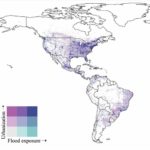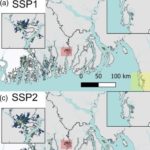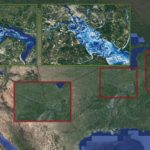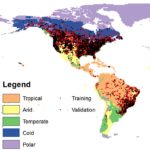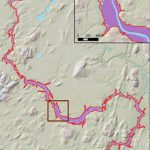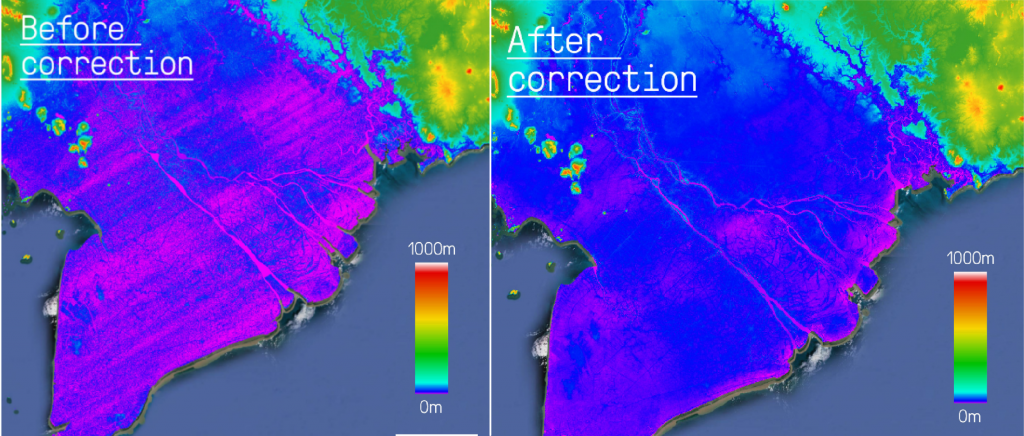
When building flood models at the global scale one of the biggest challenges is dealing with uncertain or erroneous terrain models
The types of extremely precise Digital Elevation Models (DEM) available across some of the developed world are simply not available across most of the developing world, and so for these regions we are forced to rely on less precise data gathered from space. A great deal of work is required to make terrain data collected from space suitable for high resolution flood modeling.
Last month, in a paper published by a colleague from Japan and co-authored by members of our team, the new global ‘Multi Error Removed Improved Terrain’ (MERIT) DEM was presented. This DEM is based on the stalwart NASA Shuttle Radar Topography Mission (SRTM) data, the benchmark global terrain dataset that is used across a wide range of industries. However, the original SRTM data product contains numerous problems for flood modelling, from elevation errors caused by radar reflecting off the tops of trees and buildings to wave-like distortions caused by the pitch and roll of the space shuttle itself. Our paper describes the work we have done to correct these issues by manipulating SRTM using a range of other datasets. The result is a large decrease in vertical error, particularly in areas of flatter ground where flood risk is typically highest.
As a result of this, we are happy to announce that the new version of our global flood hazard data will be produced using the MERIT DEM. Along with other updates currently being completed, including a dynamic approach to estimating flood defence sizes, our new data will represent a significant improvement on our previous offering. The model is set to begin rolling on our servers next week, and images an analysis of the new dataset to follow over the coming months.


